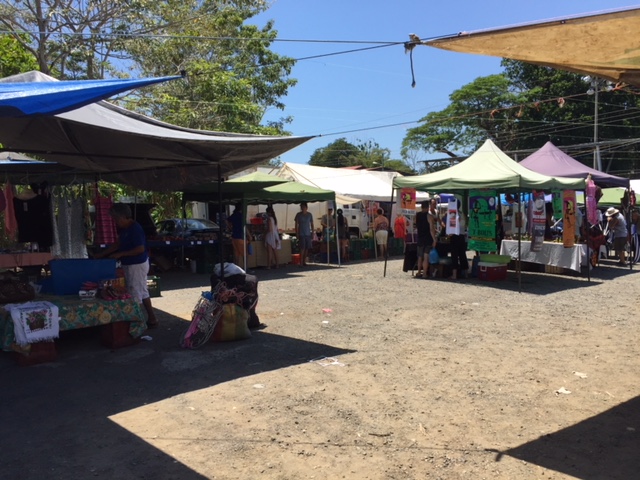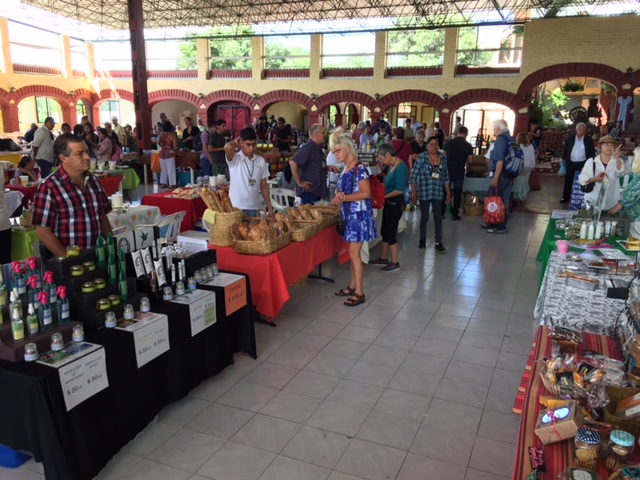It was quite difficult and we did a lot of back-and-forth, but Leslie and I have decided on our new home. We had two excellent — and very different — choices. How did we choose between Ajijic, Mexico, and Montpellier, France? Let’s look at the data.
First, what’s so good about Ajijic? I know, some of you think there’s nothing good about anywhere in Mexico. That’s probably because you’ve never been where we’ve been. A good friend and former work colleague was one of those people until recently. We had lunch a few days ago and he said he enjoyed reading this blog, saying, “You’ve made Mexico three-dimensional for me. It was always one-dimensional.”
Ajijic is close to the U.S., so we can get back easily if need be, and friends and family can visit. The cost of living in Ajijic is quite favorable. Coupled with the good dollar-peso exchange rate, that makes Mexico a great place for North American retirees. And the Mexican people are warm and friendly; pass a local on the street and you’ll always hear “buenos dias.” Here are some other Ajijic positives:
- Furnished rental housing is easily available.
- Climate is mild with few extremes.
- There’s a thriving English-speaking faith community.
- There are many other expats in the area.
- The Lake Chapala Society offers lots of services and events.
- There are volunteer opportunities to remain active.
- We have established contacts to help with our transition.
- Health care is good. Most doctors are trained at the medical school in Guadalajara, which is affiliated with Johns Hopkins.
- There are a number of cultural opportunities, both in the Lake Chapala area and in Guadalajara, which has its own symphony orchestra and opera company.
There are some downsides to Ajijic, though. Area roads are not as good as in Europe, and in most places you must drink bottled water. One big complaint is that in some parts of the Lake Chapala area you cannot flush toilet paper. It goes in a trash can instead. We would need housing in the newer areas where this is not an issue. A few other not-so-good things:
- Intercity roads are limited.
- Public transportation is not great. Intercity bus service is great, though.
- Are there too many gringos in the area?
- Right now there is uncertainty about the future of the Mexican government. The new president does not take office until December.
- Locally grown vegetables must be treated before eating. It’s simple but time-consuming.
- Infrastructure in the village is not great, and there is limited parking.
Montpellier also has lots of positives, most notably its energy. There’s a great vibe in this fast-growing city. Cultural opportunities abound — concerts, festivals, plays and other forms of entertainment. Food from local markets is of a higher quality than in the U.S., and there are great markets all over town. Leslie was able to eat cheese and bread in France. Her system has had a problem with both for years, and she was in heaven! Some other good points:
- Public transportation is excellent.
- It’s easy to reach other European countries we want to visit.
- It’s close to some nice Mediterranean beaches.
- We have established contacts with people who can help with our transition.
- France is a first-world country with excellent infrastructure.
- History is pretty much everywhere.
- The World Health Organization ranks French health care as the best in the world.
But the cost of living in Montpellier is higher than in Mexico and with the unfavorable dollar-euro exchange rate, the dollar doesn’t go as far. Also, getting to France is a little more difficult and time-consuming, so we might get fewer visits from family and friends. And there’s this:
- Furnished housing may be limited, and two-bedroom apartments are expensive and rare.
- It gets a little chilly in winter. Last winter they had some snow, although it melted two days later.
- There’s a seven-hour time difference from Chicago; nine from Stephanie in San Diego.
We took all that — and more — into consideration and agreed that by Nov. 1, we hope to be full-time residents of Ajijic, Mexico. We’ve already begun getting paperwork together for our permanent resident (retiree) visa application.
There were several factors, but mostly we think it will be easier to transition into living long-term in Mexico than anywhere else we’ve been. We’ve spent a lot of time there over the past two years and we have a network of friends to provide help and advice. Location and cost of living were also big factors. We’ll actually be closer to Stephanie than we were in the Chicago area, and friends and family have an easier time traveling to Mexico for visits. Plus, the dollar goes a lot further in Mexico, and the climate seems to be better. While we loved living in Montpellier, we simply felt Ajijic would be the best bet for our first attempt at being true expats.
That doesn’t necessarily mean we will live in Ajijic forever. Remember, we might decide at some point to get a change of scenery and relocate. Montpellier would probably be at the top of our list.
This blog, of course, will continue! We’ll keep you posted as the process develops.



























